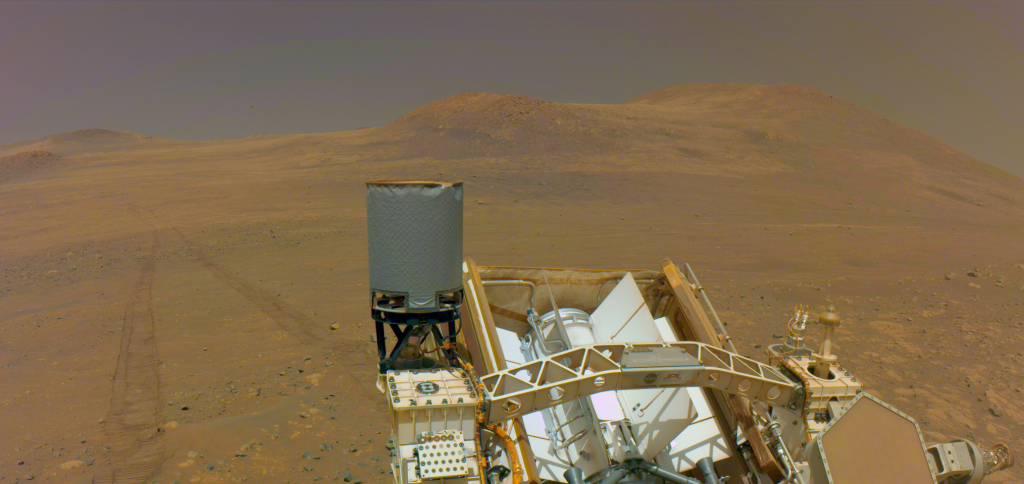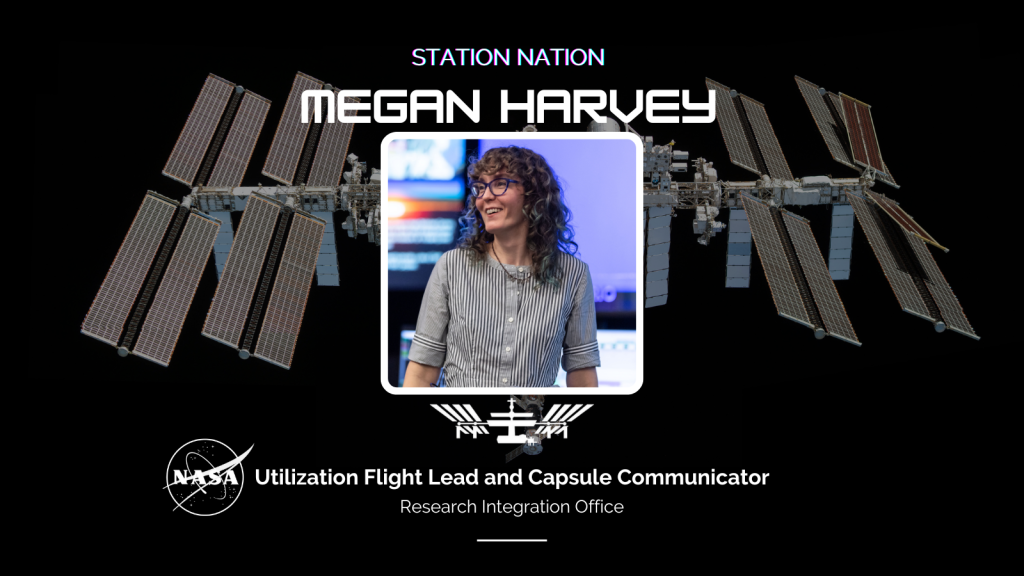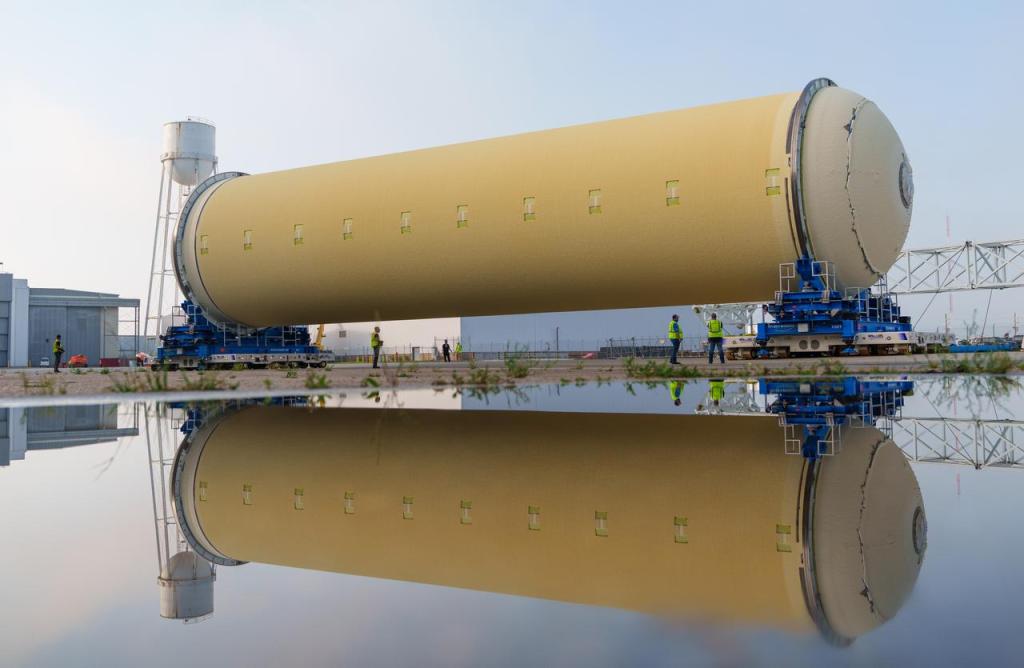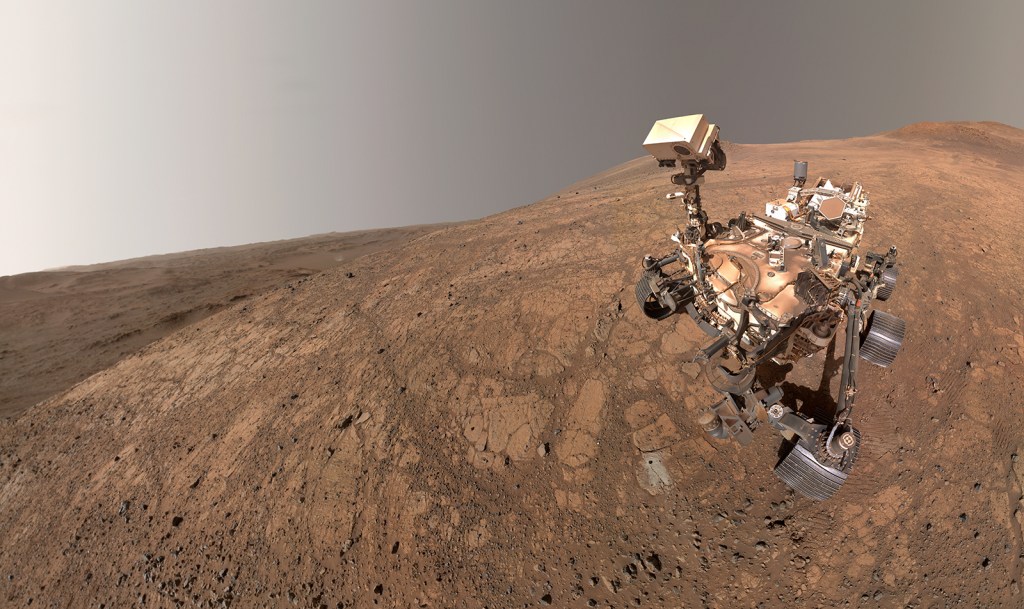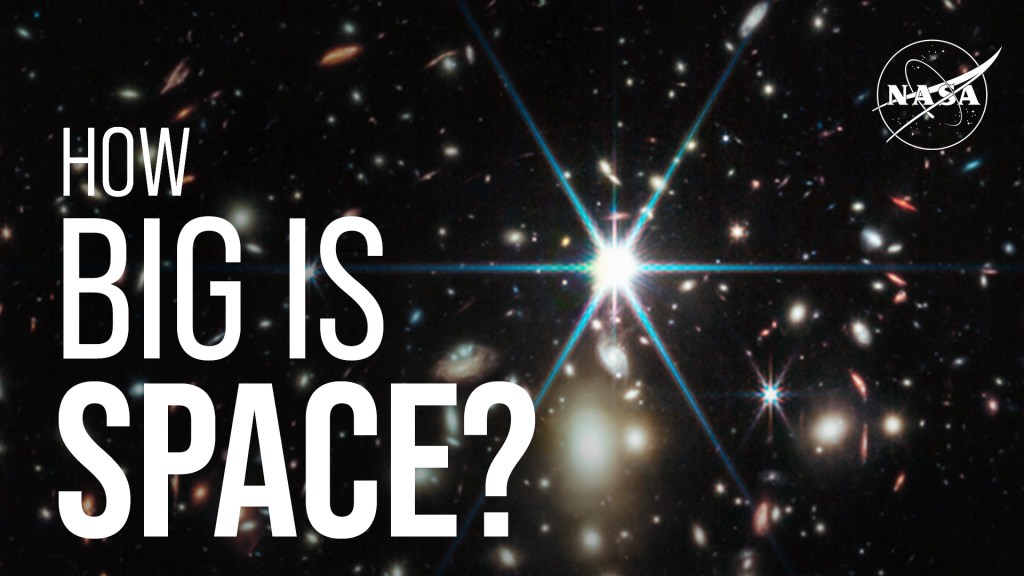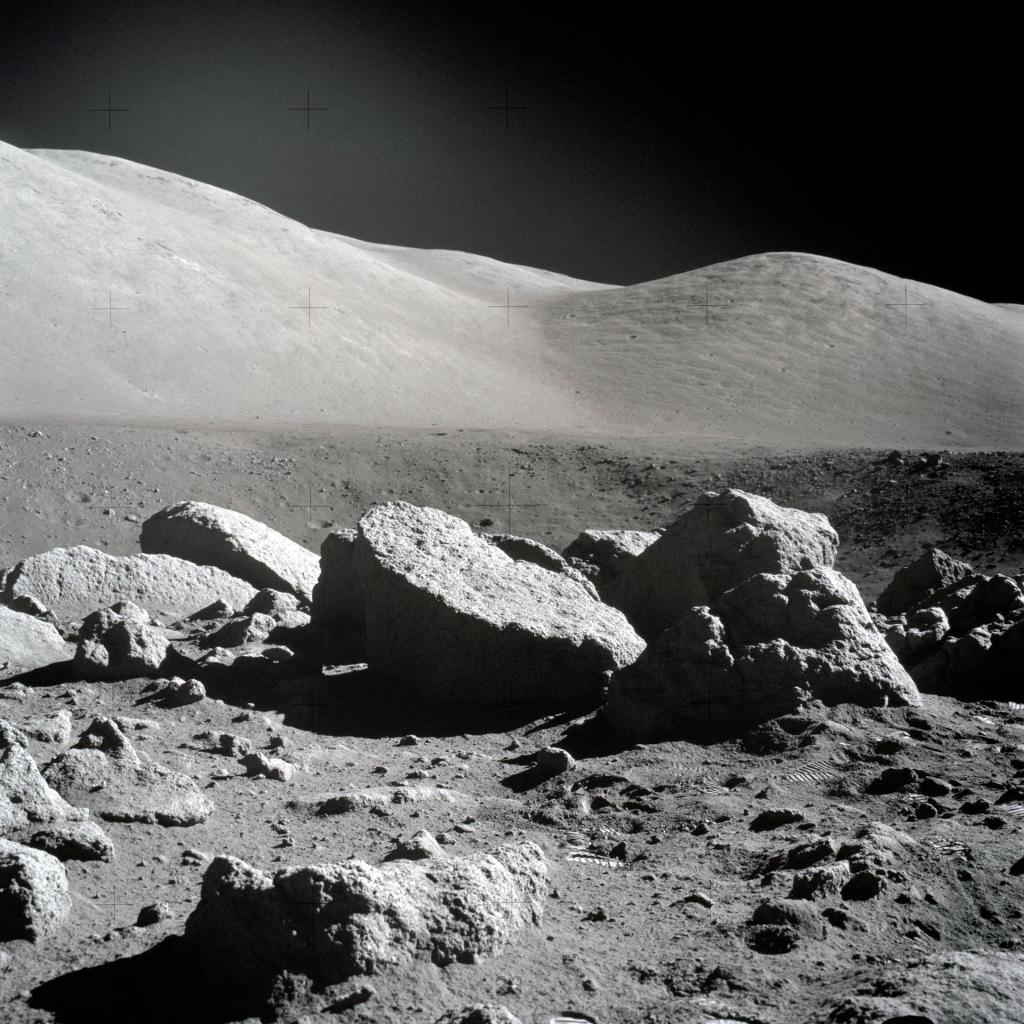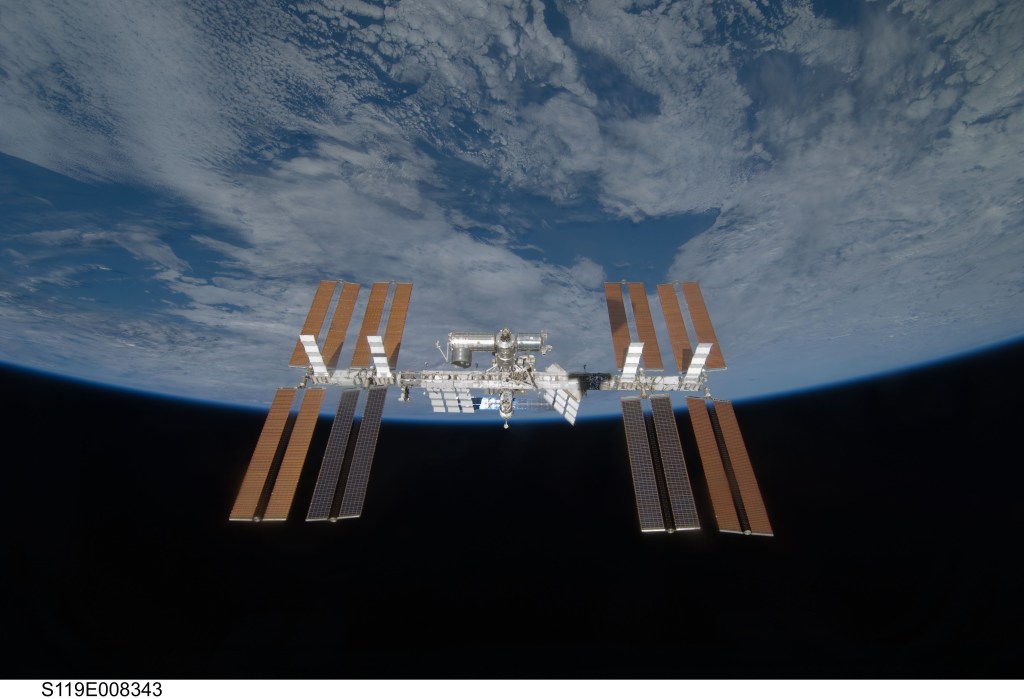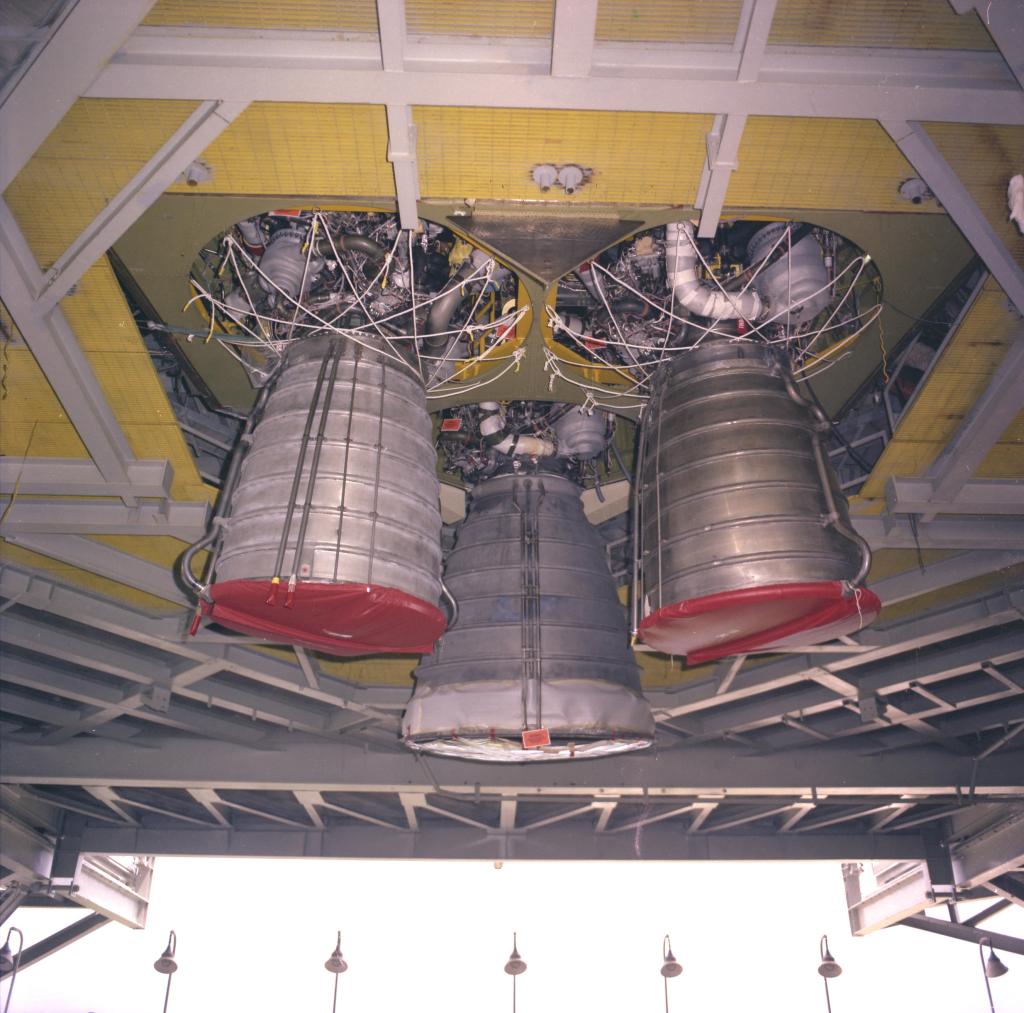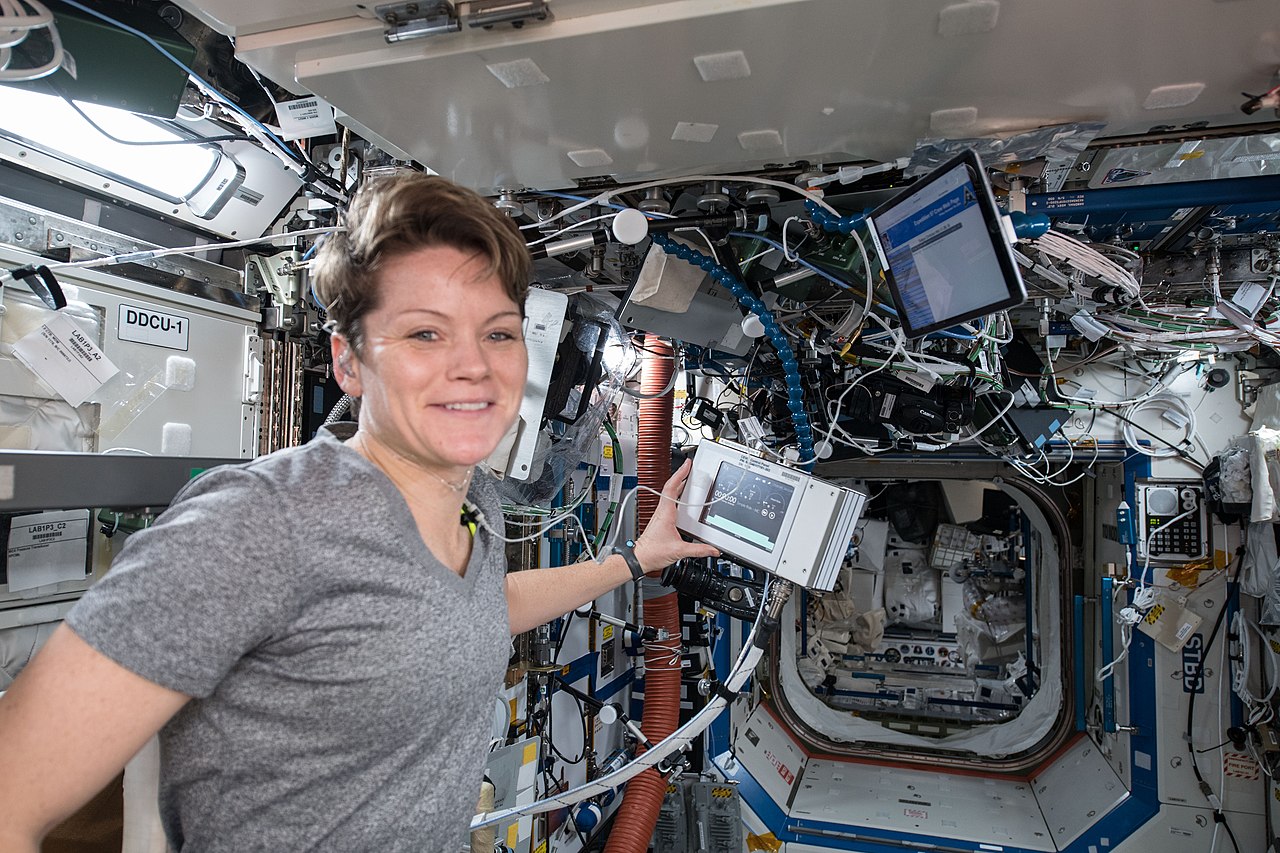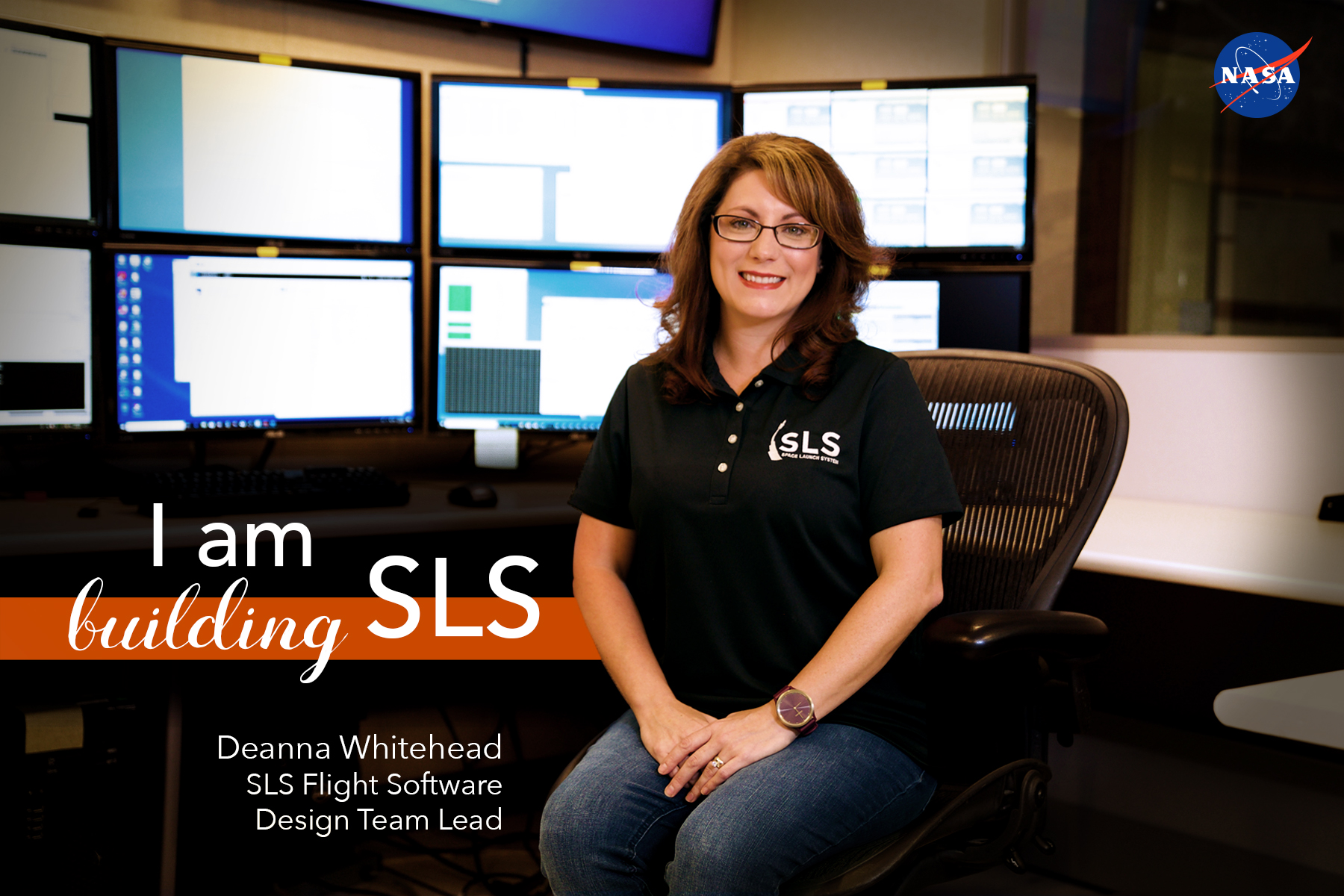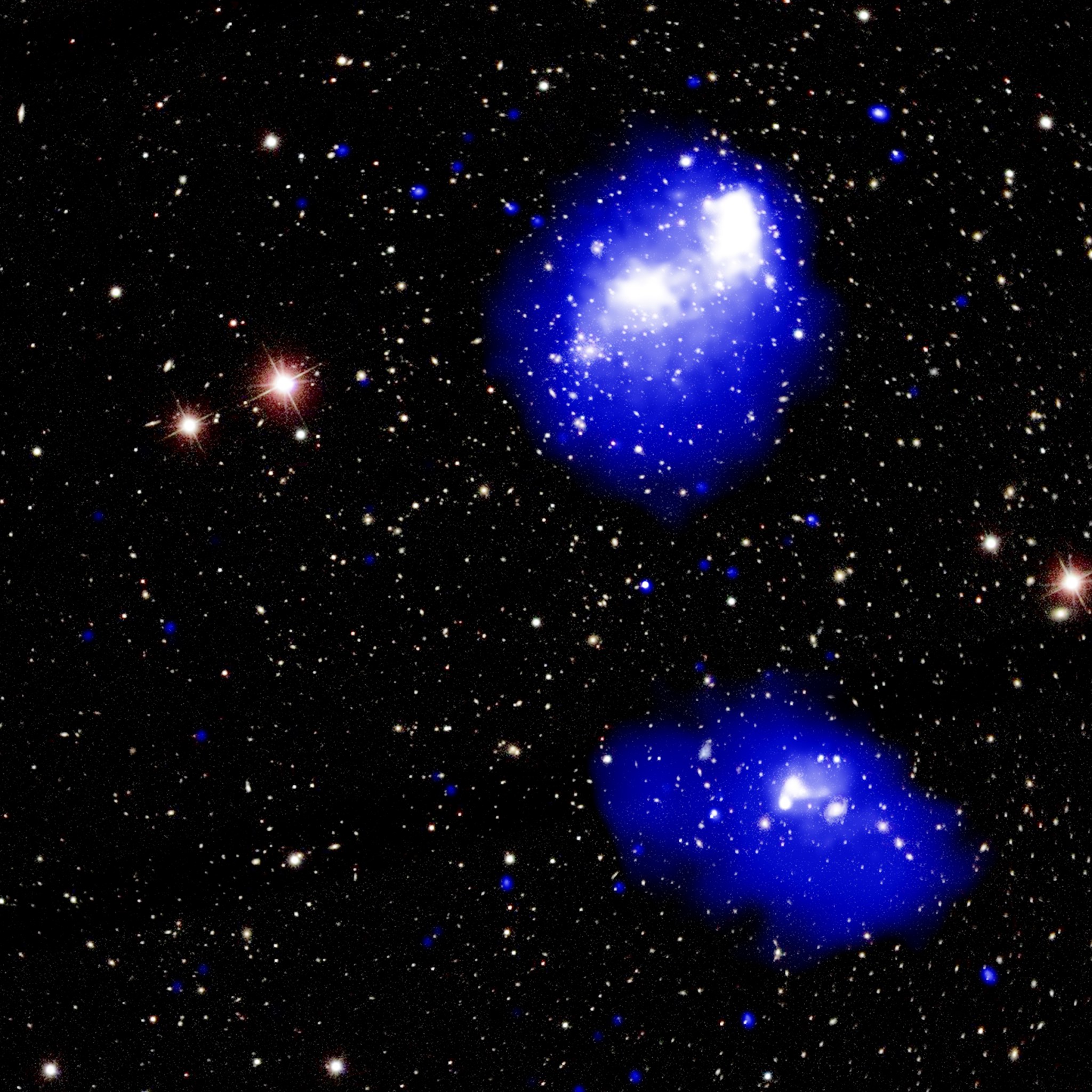In This Week’s Star
- NASA Astronaut Anne McClain to Visit Marshall, Honor American Service Veterans Nov. 8
- Third RS-25 Engine Added to NASA Moon Rocket at Michoud
- I Am Building SLS: Deanna Whitehead
- Chandra Spots a Mega-Cluster of Galaxies in the Making
- NASA Engineer Sara Rengifo Fulfills Childhood Dream of Working for Space Program
- Retired NASA Veteran Pedro ‘Pete’ Rodriguez Talks Mars, Diversity at Marshall
- National Disability Awareness Month Closes with Singing, Laughter at Marshall Event
- To the Moon and Beyond: NASA Challenge Winners Hitch a Ride on Artemis I
- Engines for Artemis I Highlighted on ‘This Week @ NASA’
- This Week in NASA History: First Launch of Saturn V – Nov. 9, 1967
NASA Astronaut Anne McClain to Visit Marshall, Honor American Service Veterans Nov. 8
NASA astronaut Anne McClain will visit NASA’s Marshall Space Flight Center on Nov. 8 to meet with team members, discuss her stay on the International Space Station during Expedition 58-59 and help Marshall honor American service veterans and heroes wounded in combat.
McClain, a lieutenant colonel in the U.S. Army, will address team members at 1:30 p.m. in Morris Auditorium in Building 4200. Also attending will be visiting veterans and participants from the U.S. Space & Rocket Center’s Space Camp.
McClain lived and worked aboard the space station as a flight engineer from Dec. 3, 2018, to June 24. A native of Spokane, Washington, she was selected for NASA’s astronaut corps in 2013.
McClain will present mission highlights and take audience questions. She also will help recognize Marshall veterans and visitors to Marshall sponsored by the Wounded Warriors Project, a nonprofit organization which empowers severely injured service men and women and seeks to raise awareness and support for their needs.
NASA and federal agencies will observe Veterans Day on Nov. 11.
If time permits, McClain will sign autographs for Marshall team members in the lobby of Building 4200 after her presentation.
Third RS-25 Engine Added to NASA Moon Rocket at Michoud
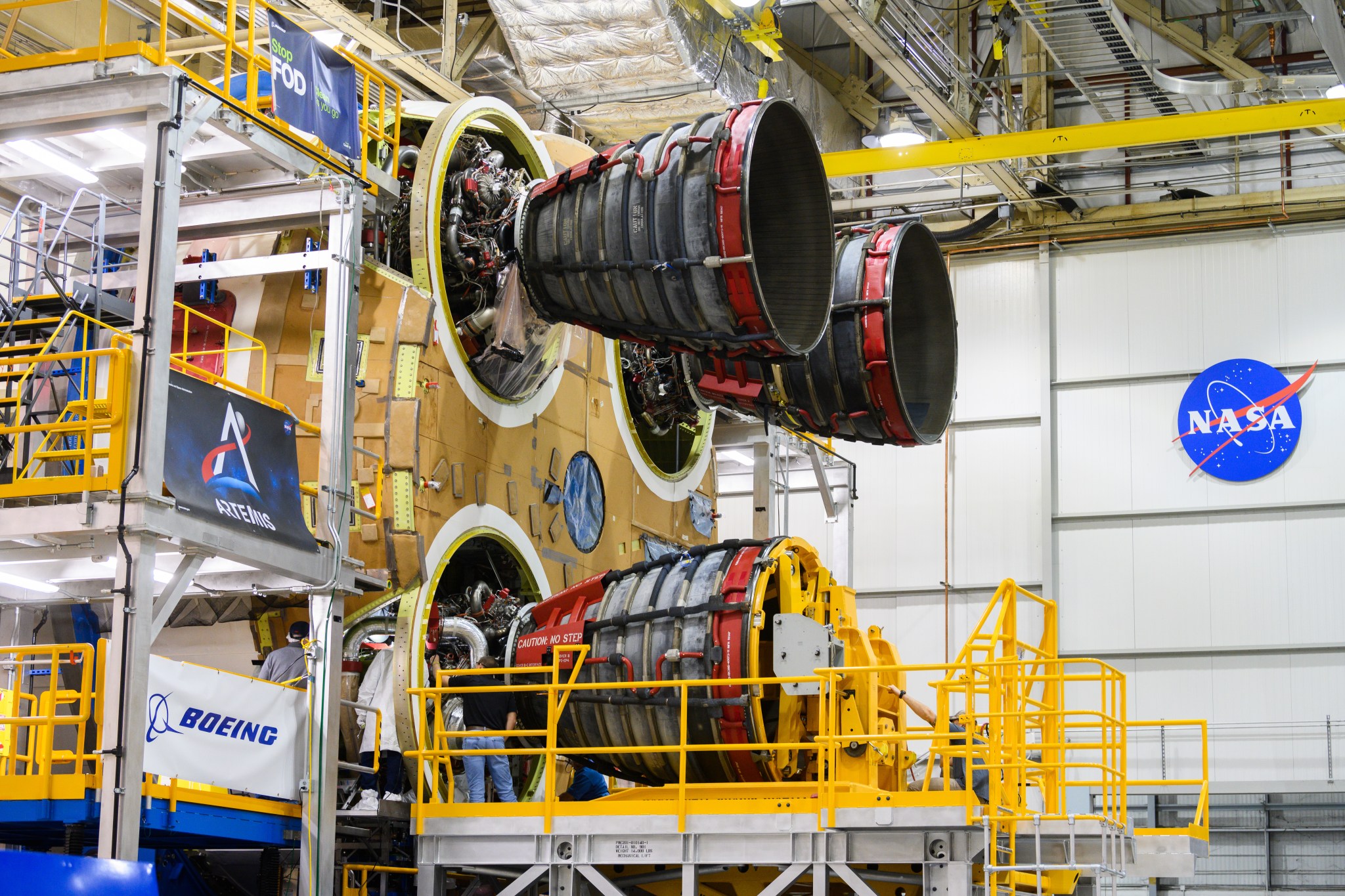
NASA, Boeing and Aerojet Rocketdyne crews at NASA’s Michoud Assembly Facility attached the third RS-25 engines to the core stage for NASA’s Space Launch System rocket Nov. 5. The engine is one of four RS-25 engines that will provide more than 2 million pounds of thrust to send Artemis I, the first mission of SLS and NASA’s Orion spacecraft, to the Moon. The first two RS-25 engines were structurally mated to the stage in October. Following the mate, engineers and technicians will integrate the propulsion and electrical systems within the structures to complete the installation. Integration of the RS-25 engines to the massive core stage is a collaborative, multistep process for NASA and its partners Boeing, the core stage lead contractor, and Aerojet Rocketdyne, the RS-25 engines lead contractor. (NASA/Eric Bordelon)
I Am Building SLS: Deanna Whitehead
Building the world’s most powerful rocket isn’t a sprint. It’s a marathon-like effort. NASA’s Space Launch System rocket will return American astronauts to the Moon through the Artemis program, and I’m part of the team that is helping us get there.
I am the design team lead for the SLS flight software team. I write code for what looks like the “skeleton” of the rocket: the rocket’s flight computers and avionics that form a complex structure inside the rocket. Although the avionics are invisible when people watch the SLS launch, these systems play a critical role in getting the vehicle to space. During the first eight minutes from liftoff until core stage separation from the in-space stage and Orion, the main “brains” controlling the rocket are the flight computers located inside the core stage.
Together, the flight computers communicate with the other avionics for the four RS-25 engines and the two solid rocket boosters, which provide more than 8.8 million pounds of thrust to power the trip to the Moon. The three flight computers and the flight software harness the rocket’s immense power by processing data to determine how the rocket will react and guiding its flight.
Because writing the software to control a launch vehicle is a daunting task, we use the agile software methodology. That means my team and I divide the work to be done into small chunks, or sprints, that focus on specific interfaces and situations for the vehicle. We focus on one sprint at a time for a month or two and then move onto the next sprint. The method is twofold: It makes such a big job less intimidating, and my team and I are able to intimately review every facet of the rocket’s software so we fully understand its capabilities.
As an avid long-distance runner, I apply my personal training to the progress of the rocket. Every day, every week and every month, I’ve worked hard on the sprint and endurance sets so that we can reach the end goal: launching the SLS rocket and taking a new giant leap for deep space exploration.
I know each Artemis launch is a culmination of many hours of effort by dozens of teams across the country. The flight software team has been involved with the buildup of the SLS rocket from the very beginning. As completed hardware for Artemis I, the first mission of SLS and Orion, is delivered to NASA’s Kennedy Space Center, the flight software team and I are already writing software to fly the second and third Artemis lunar missions.
As a child of the ‘80s, I grew up watching each of the space shuttle launches on TV. In fact, the first launch was on my first birthday. To now be part of the team for the Artemis missions that will send astronauts to the Moon is a thrill.
When Artemis I launches, I will be sitting at the ready in the SLS Engineering Support Center at Marshall, monitoring the flight software I helped write for the rocket that will enable humankind to build a sustainable presence on the Moon — and inspire a new class of American Moon walkers.
Chandra Spots a Mega-Cluster of Galaxies in the Making
Astronomers using data from NASA’s Chandra X-ray Observatory and other telescopes have put together a detailed map of a rare collision between four galaxy clusters. Eventually all four clusters — each with a mass of at least several hundred trillion times that of the Sun — will merge to form one of the most massive objects in the universe.
Galaxy clusters are the largest structures in the cosmos that are held together by gravity. Clusters consist of hundreds or even thousands of galaxies embedded in hot gas, and contain an even larger amount of invisible dark matter. Sometimes two galaxy clusters collide, as in the case of the Bullet Cluster, and occasionally more than two will collide at the same time.
The new observations show a mega-structure being assembled in a system called Abell 1758, located about 3 billion light-years from Earth. It contains two pairs of colliding galaxy clusters that are heading toward one another. Scientists first recognized Abell 1758 as a quadruple galaxy cluster system in 2004 using data from Chandra, which is managed by NASA’s Marshall Space Flight Center, and XMM-Newton, a satellite operated by the European Space Agency.
Each pair in the system contains two galaxy clusters that are well on their way to merging. In the northern pair, seen at the top of the composite image, the centers of each cluster have already passed by each other once, about 300 to 400 million years ago, and will eventually swing back around. The southern pair at the bottom of the image has two clusters that are close to approaching each other for the first time.
X-rays from Chandra are shown as blue and white, depicting fainter and brighter diffuse emission, respectively. This new composite image also includes an optical image from the Sloan Digital Sky Survey. The Chandra data revealed for the first time a shock wave — similar to the sonic boom from a supersonic aircraft — in hot gas visible with Chandra in the northern pair’s collision. From this shock wave, researchers estimate two clusters are moving about 2 million to 3 million miles per hour, relative to each other.
Chandra data also provide information about how elements heavier than helium, the “heavy elements,” in galaxy clusters get mixed up and redistributed after the clusters collide and merge. Because this process depends on how far a merger has progressed, Abell 1758 offers a valuable case study, since the northern and the southern pairs of clusters are at different stages of merging.
In the southern pair, the heavy elements are most abundant in the centers of the two colliding clusters, showing that the original location of the elements has not been strongly impacted by the ongoing collision. By contrast, in the northern pair, where the collision and merger has progressed further, the location of the heavy elements has been strongly influenced by the collision. The highest abundances are found between the two cluster centers and to the left side of the cluster pair, while the lowest abundances are in the center of the cluster on the left side of the image.
Collisions between clusters affect their component galaxies as well as the hot gas that surrounds them. Data from the 6.5-meter MMT telescope in Arizona, obtained as part of the Arizona Cluster Redshift Survey, show that some galaxies are moving much faster than others, probably because they have been thrown away from the other galaxies in their cluster by gravitational forces imparted by the collision.
The team also used radio data from the Giant Metrewave Radio Telescope, and X-ray data from ESA’s XMM-Newton mission.
A paper describing these latest results by Gerrit Schellenberger, Larry David, Ewan O’Sullivan and Jan Vrtilek, all from the Center for Astrophysics; and Christopher Haines of the Universidad de Atacama in Chile, was published in the Sept. 1 issue of The Astrophysical Journal, and is available online.
The Smithsonian Astrophysical Observatory’s Chandra X-ray Center controls science and flight operations from Cambridge, Massachusetts.
NASA Engineer Sara Rengifo Fulfills Childhood Dream of Working for Space Program
Born and raised in Medellin, Colombia, Sara Rengifo always dreamed of being a scientist or engineer. Today, she is a tribology and metrology engineer at NASA’s Marshall Space Flight Center, working to provide data and analysis on NASA hardware. Tribology is the study of lubrication, friction and wear, and goes hand-in-hand with metrology, the study of measurement. Rengifo earned a degree in mechanical engineering from the Universidad Escuela de Administración y Finanzas y Tecnologías in Medellin, and her master’s degree at Florida International University in Miami. She began her NASA career in 2016, and in 2019 was awarded the agency’s Trailblazer Award, which recognizes employees for excellence during their first seven years with the agency. Her work on NASA hardware plays a vital role in helping humanity return to the Moon in 2024. Rengifo lives in Huntsville with her husband and two children.
Retired NASA Veteran Pedro ‘Pete’ Rodriguez Talks Mars, Diversity at Marshall
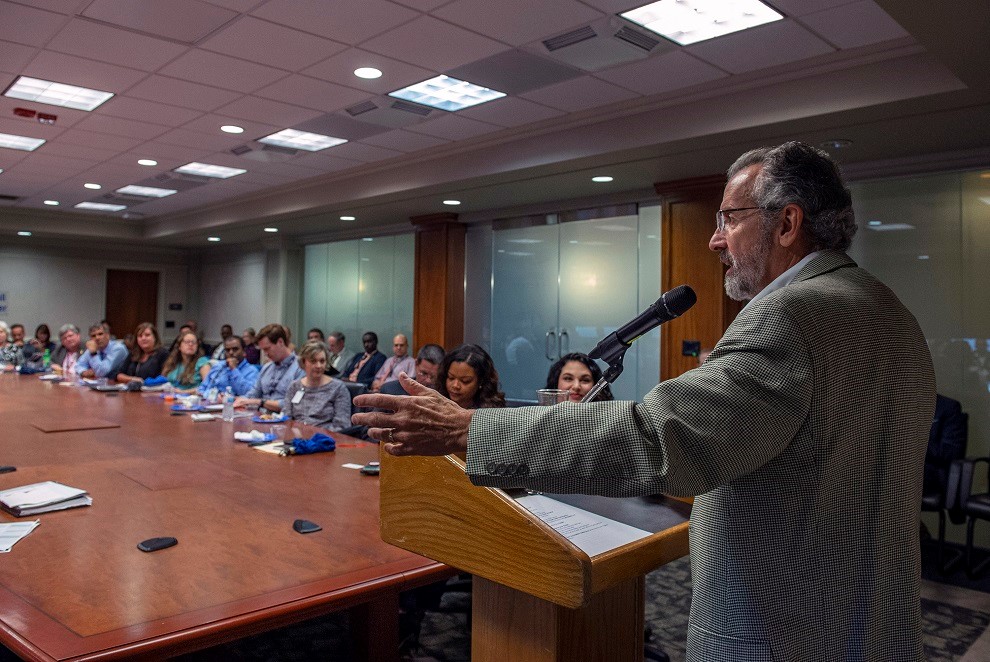
Retired NASA engineer and program manager Pedro “Pete” Rodriguez, right, speaks to NASA’s Marshall Space Flight Center team members Oct. 30 during a lunch and learn celebrating National Hispanic Heritage Month, which concluded in October. The event celebrated the culture, heritage and contributions of Hispanic and Latino Americans, and NASA’s preparations for the first crewed missions to Mars. Rodriguez is now senior vice president of space programs and chief technology officer for Huntsville-based Victory Solutions. Rodriguez, who retired from Marshall in 2010, is a 34-year veteran of the U.S. space program. During his NASA career, he held various leadership roles, including assistant chief engineer at Marshall, manager of NASA’s Micrometeoroid and Orbital Space Debris Technology Program and manager of the Marshall Test Laboratory. (NASA/Emmett Given)
National Disability Awareness Month Closes with Singing, Laughter at Marshall Event
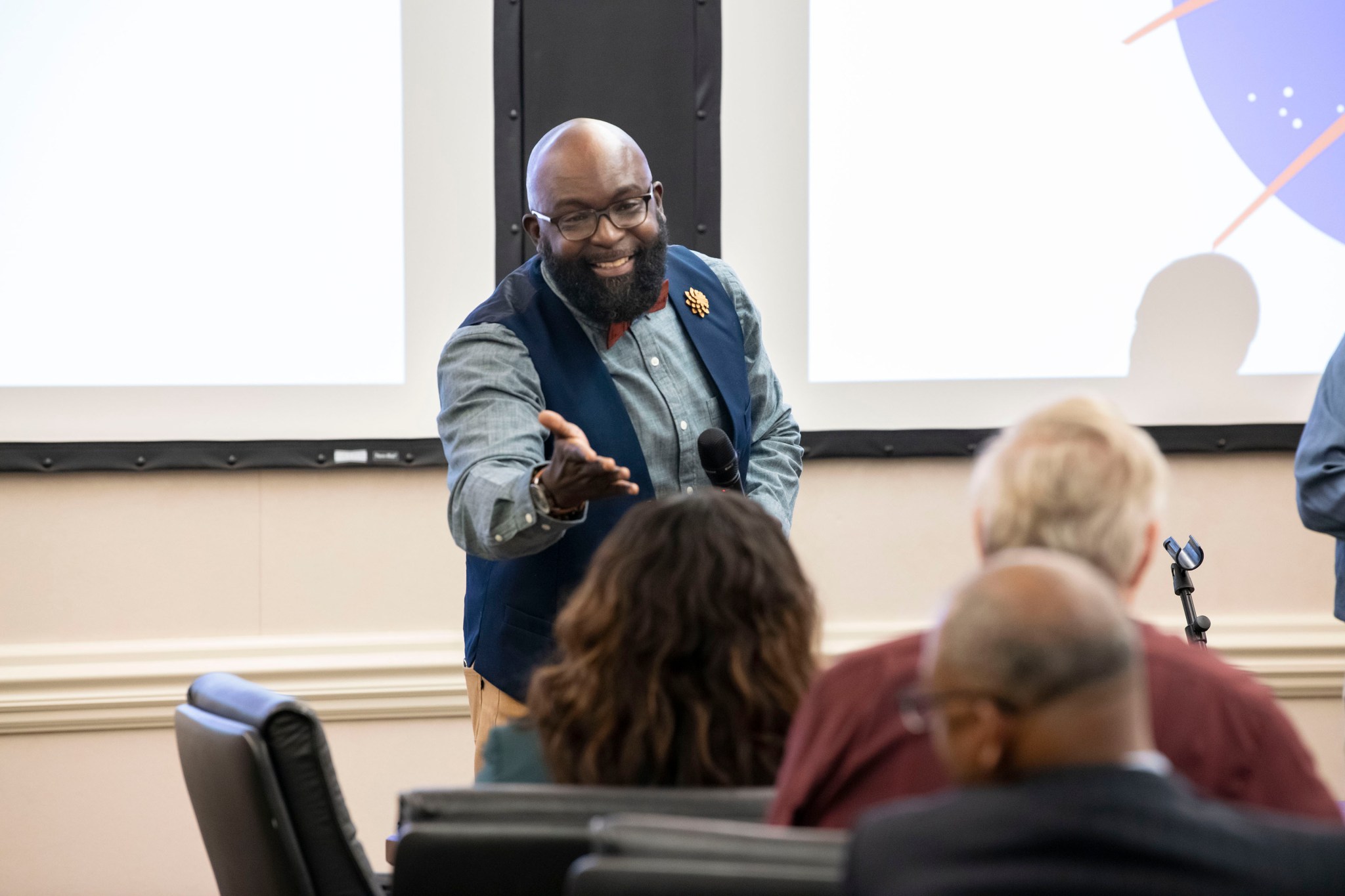
Former NASA scientist Kantis Simmons, an author and speaker, addresses NASA’s Marshall Space Flight Center team members Oct. 29 during the National Disability Awareness Month presentation, “The Right Talent, Right Now.” Simmons’ humorous discussion focused on growing up with a birth defect and overcoming the self-doubts that can bring. “Quit looking at what you don’t have and think about all the amazing things you do have,” Simmons said. (NASA/Fred Deaton)
Georgia Aplin from the Alabama Institute for Deaf and Blind sings Katy Perry’s “Firework” during Marshall’s National Disability Awareness Month event, “The Right Talent, Right Now.” (NASA/Fred Deaton)
To the Moon and Beyond: NASA Challenge Winners Hitch a Ride on Artemis I
Winners of NASA’s Centennial Challenge’s Cube Quest Challenge are preparing their small satellites to travel on the first mission of NASA’s Space Launch System. Once in space, these CubeSats will travel to or beyond the Moon to show what they’re made of, as they take small satellite technology to a new level. The Centennial Challenge program is managed at NASA’s Marshall Space Flight Center.
Engines for Artemis I Highlighted on ‘This Week @ NASA’
The installation of two RS-25 engines into the core stage of NASA’s Space Launch System rocket is highlighted in “This Week @NASA,” a weekly video program broadcast nationwide on NASA-TV and posted online.
Engineers and technicians at NASA’s Michoud Assembly Facility are in the process of outfitting the core stage of SLS with the RS-25 engines that will help the rocket power the first Artemis mission to the Moon. The completed core stage with all four engines attached will be the largest rocket stage NASA has built since the Saturn V stages for the Apollo Program.
View this and previous episodes at “This Week @NASA” on NASA’s YouTube page.
This Week in NASA History: First Launch of Saturn V – Nov. 9, 1967
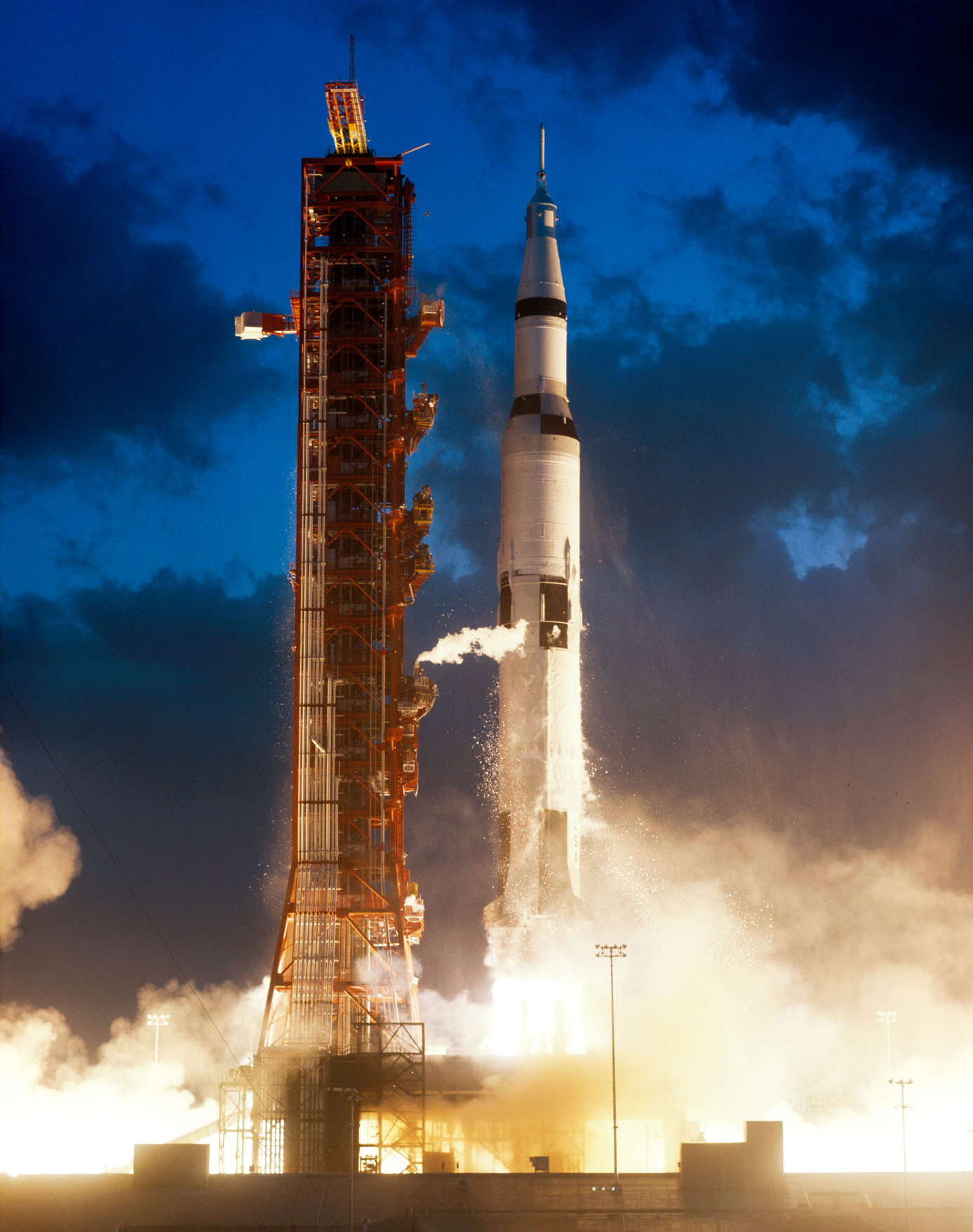
This week in 1967, the Apollo 4 mission launched from NASA’s Kennedy Space Center. The mission marked the first launch of the Saturn V rocket. Mission objectives included testing of structural integrity, compatibility of rocket and spacecraft, heat shield and thermal seal integrity, overall reentry operations, launch loads and dynamic characteristics, stage separation, rocket subsystems, the emergency detection system and mission support facilities and operations. All mission objectives were achieved. NASA’s Marshall Space Flight Center designed, developed and managed the production of the Saturn family of rockets that took astronauts to the Moon. Today, Marshall is developing NASA’s Space Launch System, the most powerful rocket ever built, capable of sending astronauts to the Moon, Mars and deeper into space than ever before. The NASA History Program is responsible for generating, disseminating and preserving NASA’s remarkable history and providing a comprehensive understanding of the institutional, cultural, social, political, economic, technological and scientific aspects of NASA’s activities in aeronautics and space. For more pictures like this one and to connect to NASA’s history, visit the Marshall History Program’s webpage. (NASA)


